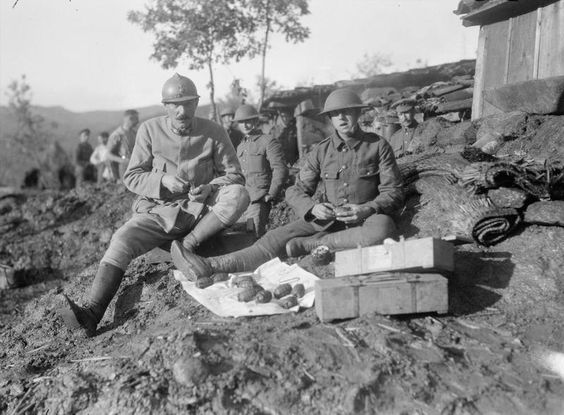Redevelopment of Army Barracks halted by grenade find
A “legacy grenade” has been exhumed by construction workers at Deepcut Barracks (aka Princess Royal Barracks), a former army base in Surrey. Excavations were stopped as a result.
An Explosive Ordnance Disposal (EOD) team were called to the scene near Aisne Road. They conducted a controlled explosion to safely destroy the device, in situ. This suggests that the grenade was deemed too fragile to move without endangering the army personnel.

Are such finds common?
Military bases are often amongst the most UXO contaminated sites in the UK. Since World War 2, the MOD has been selling off parts of its estate for private redevelopment, increasing the risk of such UXO encounters.
In the past, grenades have been found wedged behind walls and within the drainage systems of former army barracks. It would appear that an ‘out of sight out of mind’ culture existed in the army.
The wider area has been used as a military training ground since the late 1800s. The first formal military infrastructure was built at the turn of the century. From 1903 the Royal Engineers established a number of camps, including Princess Royal Barracks (known at the time as Blackdown).
During WWI an extra camp was built at Blackdown Camp, to house German POWs. Then in WWII, large numbers of Canadians were stationed at Blackdown. Various training areas surrounded the site historically and therefore a variety of UXO dating from different 20th Century periods could remain buried in the wider area.
It is not known what type of grenade was found. The most commonly used British grenade during the 20th Century was the Mills Bomb. Every year many are encountered during ground works in the UK.

Mitigating the risk
Assessing the UXO risk on your site is the first step towards your UXO risk management plan. Using historical research methods, our UXO risk assessments can place your site in its military context, analysing the impacts of allied and enemy action alongside any post-war developments.
Keep up to date with Brimstone UXO by following us on Facebook, Instagram, Twitter, LinkedIn and YouTube.